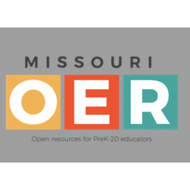The Constitution in Action: Article I (Lab Team 1)
(View Complete Item Description)In this activity students will analyze the Oaths of Senators for the Impeachment Trial of William Jefferson Clinton and identify how the document demonstrates content contained within Article I, sections 1-7 of the Constitution in action. This activity is designed to prepare students for the Constitution-in-Action Lab at the National Archives in Washington, DC. It is a part of a package of activities associated with the lab experience.
Material Type: Activity/Lab




















